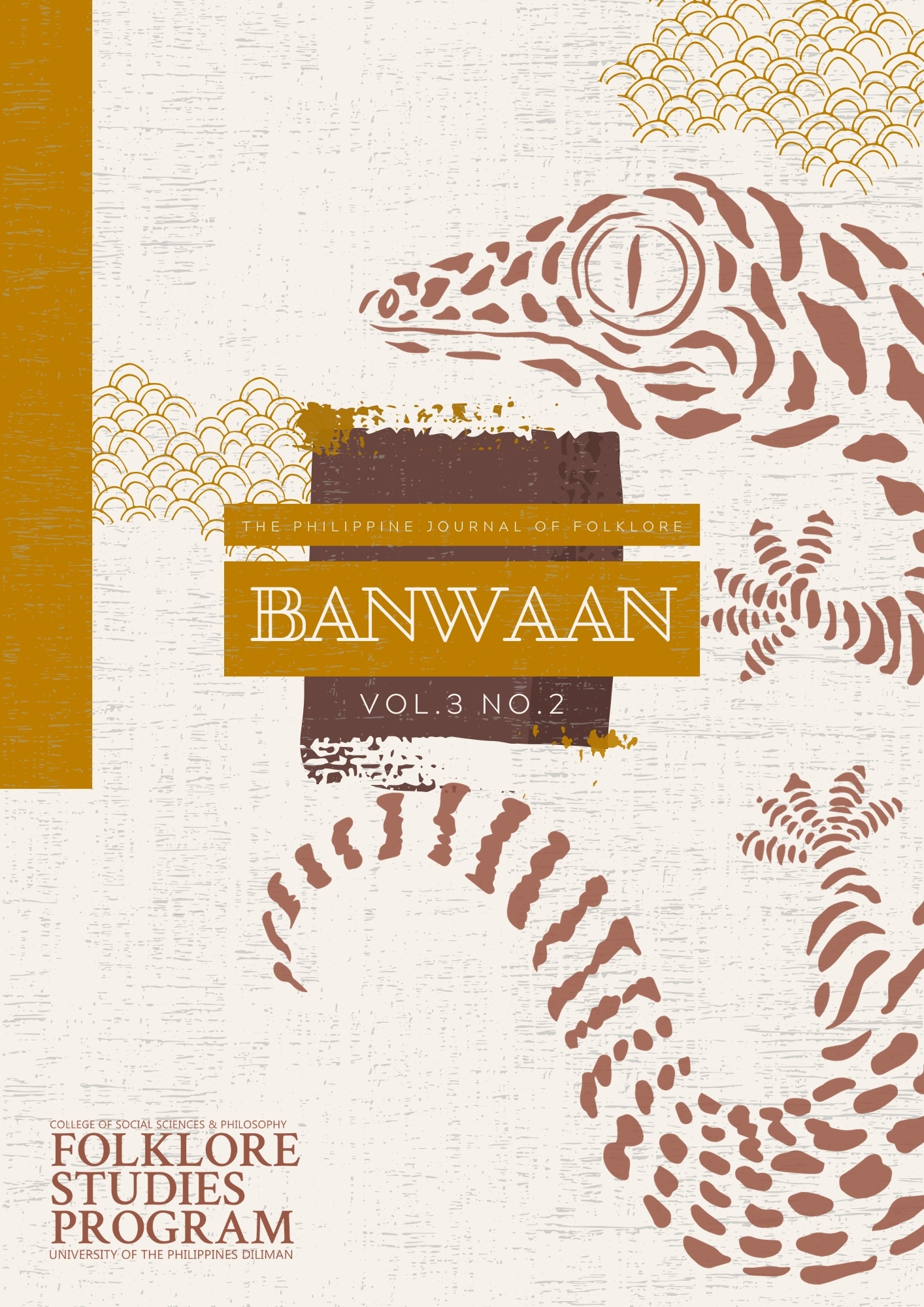Raining in Quezon and Laguna: Revisiting Shared Folklore through the 1953 Historical Data Papers
Abstract
Rain and typhoons are common environmental experiences for local
communities in the Philippines, a tropical country located in the
typhoon belt. Building on the idea that shared natural hazards and
environmental phenomena can lead to identical cultural expressions and
practices, this paper undertook an exploratory cultural-historical study
of similar folklore between the neighboring provinces of Laguna and
Quezon. The study focused on beliefs, practices, and proverbs about
rain, typhoons, and related concepts as recorded in the 1953 Historical
Data Papers of the Philippines. The results were categorized into 'Causes
and Human Intervention,' 'Rain Predictors,' and 'Rain in the Mental
Landscape.' Aside from reflecting the interactions between humans, the
environment, and spiritual factors, this type of folklore also reveals that
the environment, particularly rain, exists both as an external natural
entity and as an internal moral idea. Consequently, folklore about nature
should therefore be considered a significant historical source,
particularly in representing and understanding the everyday lives of the
masses. Furthermore, this underscores the importance of the 1953
Historical Data Papers of the Philippines, which recorded and preserved
local knowledge in the aftermath of World War II. Despite its
limitations, the HDP can still yield valuable data for cultural history and
folklore studies, as demonstrated in this paper.
Keywords: rain, folklore, Historical Data Papers, Laguna, Quezon


